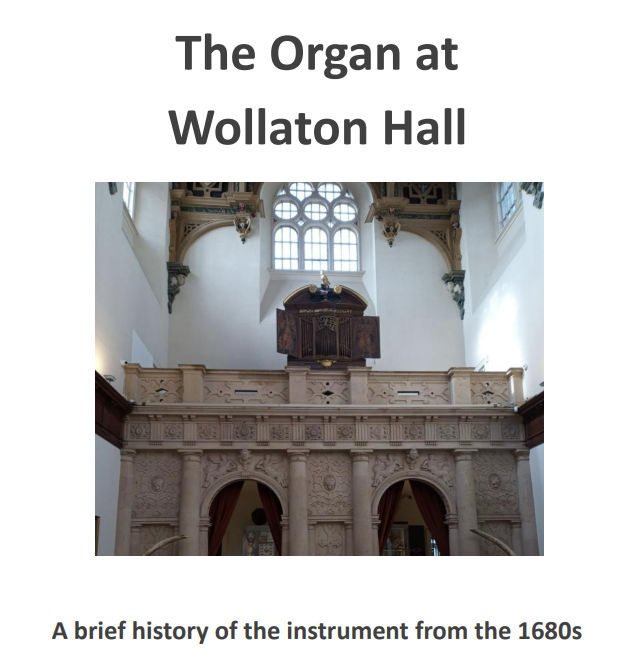Wollaton Hall, a Grade 1 listed prodigy house, is the centrepiece of Wollaton Park. It was built between 1580 and 1588 for Sir Francis Willoughby, a wealthy industrialist, it is considered one of the finest Elizabethan buildings in the country and an architectural sensation of its age. The design is attributed to the renowned Elizabethan architect Robert Smythson.
Since 1926, Wollaton Hall has housed Nottingham’s Natural History Museum – the largest dedicated Natural History museum in the county, featuring 750,000 objects.
Friends of Wollaton Park arrange occasional volunteering activities inside the hall.
History
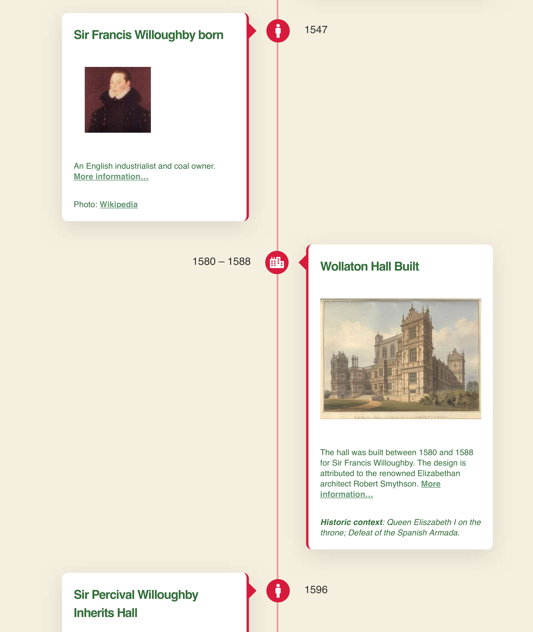
Explore our timeline and discover the pivotal moments in the Hall and Park’s history, tracing the story of the Willoughby family’s thirteen generations of ownership.
Historic Views of the Hall
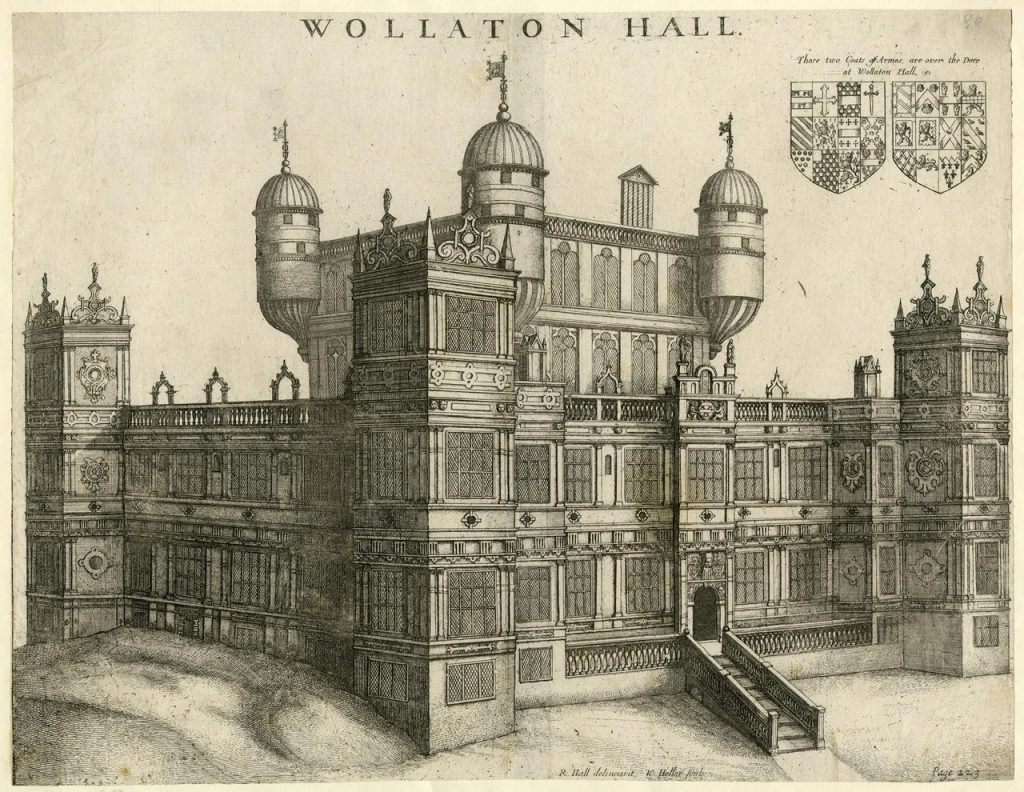


Engraving by Jan Kip and Leonard Knyff, 1707. Art Institute of Chicago.
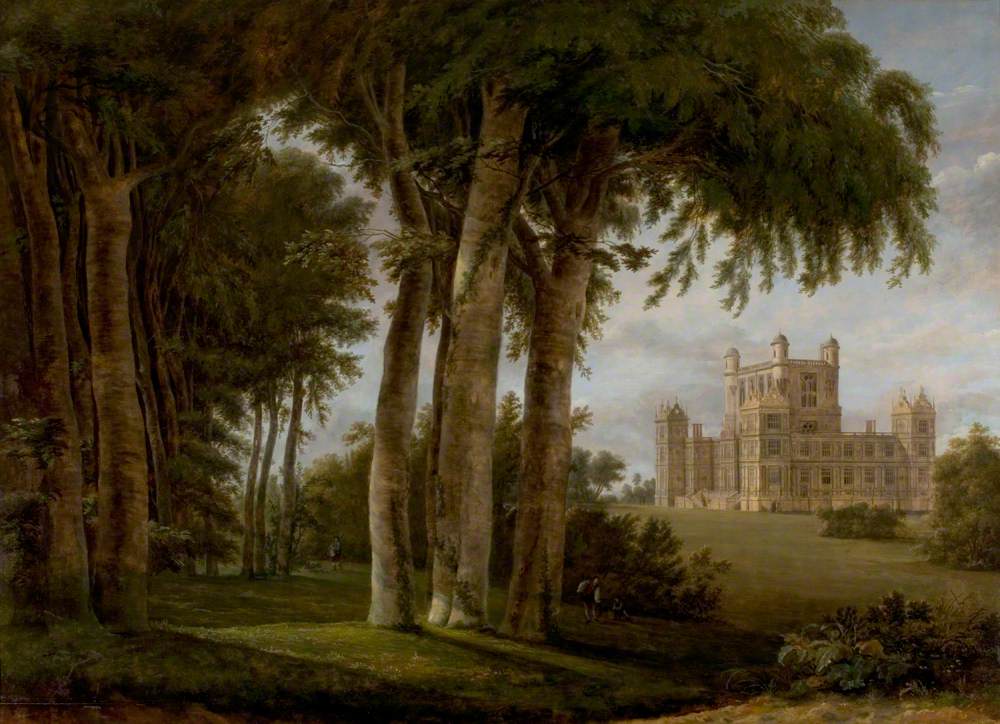
Frans de Cort.
Nottingham City Museums and Galleries

Graham Woodward’s Flickr Collection.
Graham Woodward’s Flickr Collection.
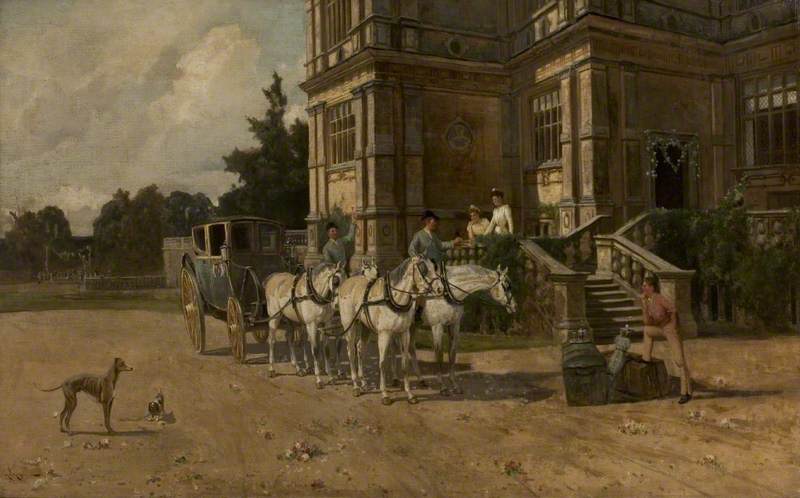

Wollaton Hall Organ
Wollaton Hall has an Organ built around 1680, rebuilt around 1780, restored in 1981 and tuned in 2024. The leaflet below describes the history of the Organ.
More information can also be found in a report from 2016.
To hear a recital, check the video below, or see our What’s on page for recital dates.
Batman
In 2012, Wollaton Park and Hall were transformed into Wayne Manor, the residence of Bruce Wayne, Batman, for the film “The Dark Knight Rises”.
Video of the Hall…
Questions or Queries?
Photographs used on this web page are reproduced with the original artist’s permission, or under an appropriate Public Domain / Creative Commons license. Copyright © for each picture remains with the original artist, who is duly acknowledged for their contribution.









